Trekking Vanuatu’s Mighty Mt. Tabwemasana
Trekking Vanuatu’s Highest Mountain – The Mighty Mt. Tabwemasana
Posted on
Dominating the rugged west coastline of Espiritu Santo, Tabwemasana is not only the highest mountain in the Vanuatu archipelago but also one of the highest peaks in the entire Pacific! At just over 1,875 metres (6,165 ft) it towers above the surrounding peaks of Mt Kotamtam, Mt Tawalaala and Santo Peak (all over 1700m) which lay claim to being the next three highest peaks in Vanuatu!
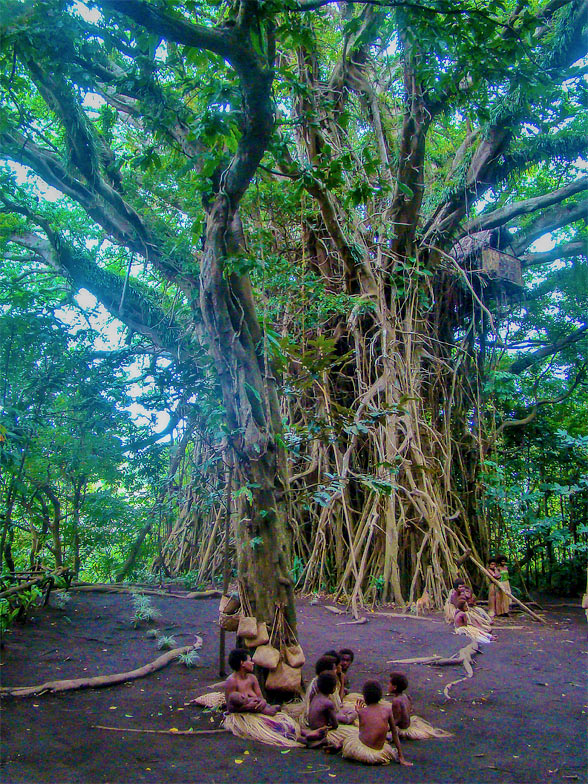
Together they create an environmental wonderland of tropical “cloud forest”, full of rare birds, animals, insects and plants found nowhere else in the world. They are also the source of most of the island’s freshwater rivers.
Local folklore states that Tabwemasana actually consists of two peaks, one male and one female and that late at night under the cover of a blanket of cloud, they often come together in a secret embrace. According to science, the highest mountain in Vanuatu is a product of volcanic activity that occurred during the Pliocene Epoch when giant dinosaurs were still roaming the earth i.e. around 3 million years ago.
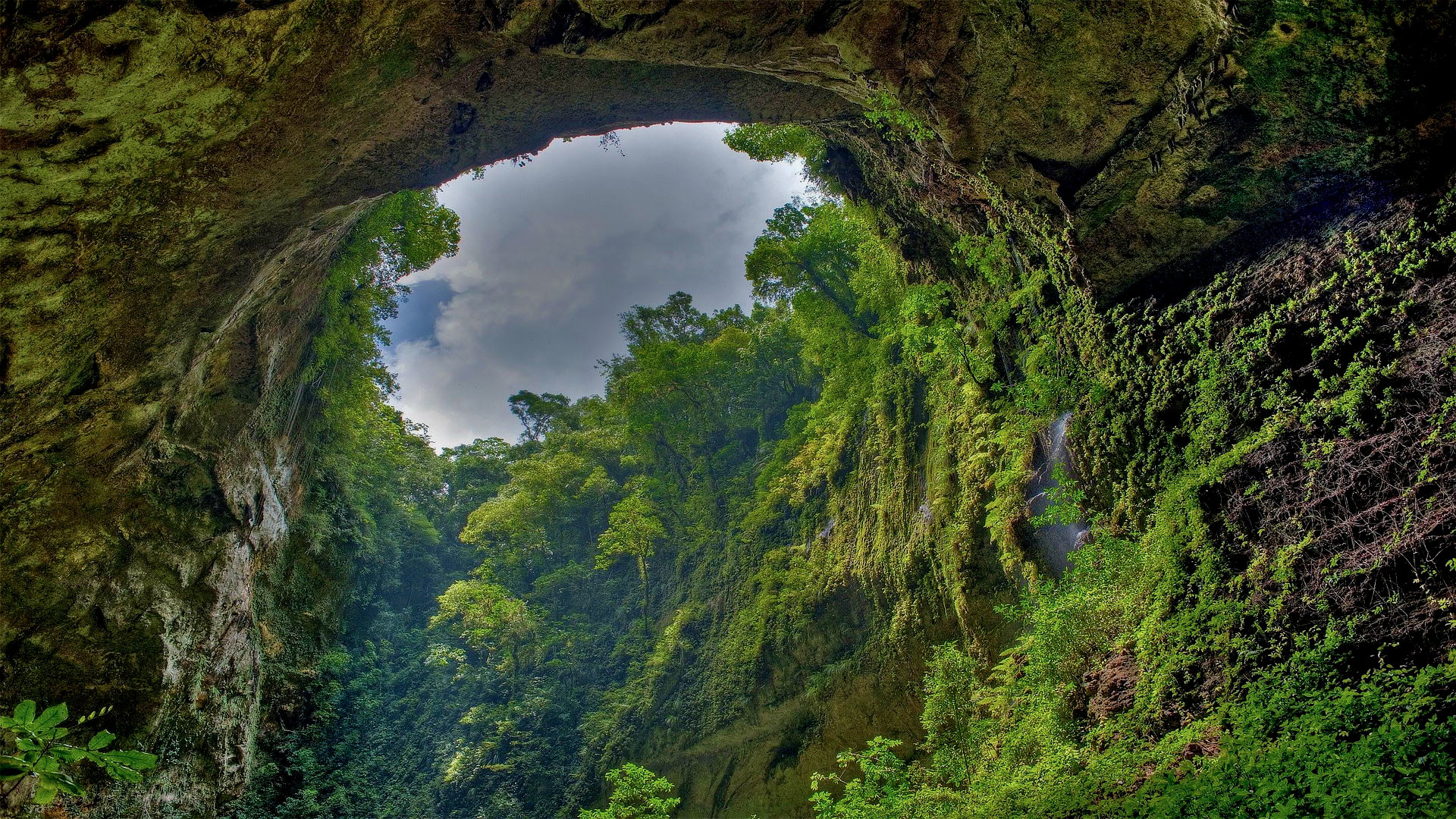
The first European to climb the mountain was English zoologist and explorer John R. Baker. He first visited Santo in 1922 and then again in 1927 and during this time he is credited with not only making the trek up to the summit of Tabwemasana but also creating a detailed map of the area, which he published in The Geographical Journal in 1929.

However, it wasn’t until Baker returned to Santo in 1933 as part of an official “Oxford University Expedition” sponsored by the Royal Society of England that he re-climbed the peak and discovered that Tabwemasana was indeed the highest mountain in the New Hebrides (as Vanuatu was then known). Apparently along the way his team collected over 3,000 bats, birds and lizards (which they summarily dissected!), along with hundreds of insects and plant species (including several rare species of orchid).
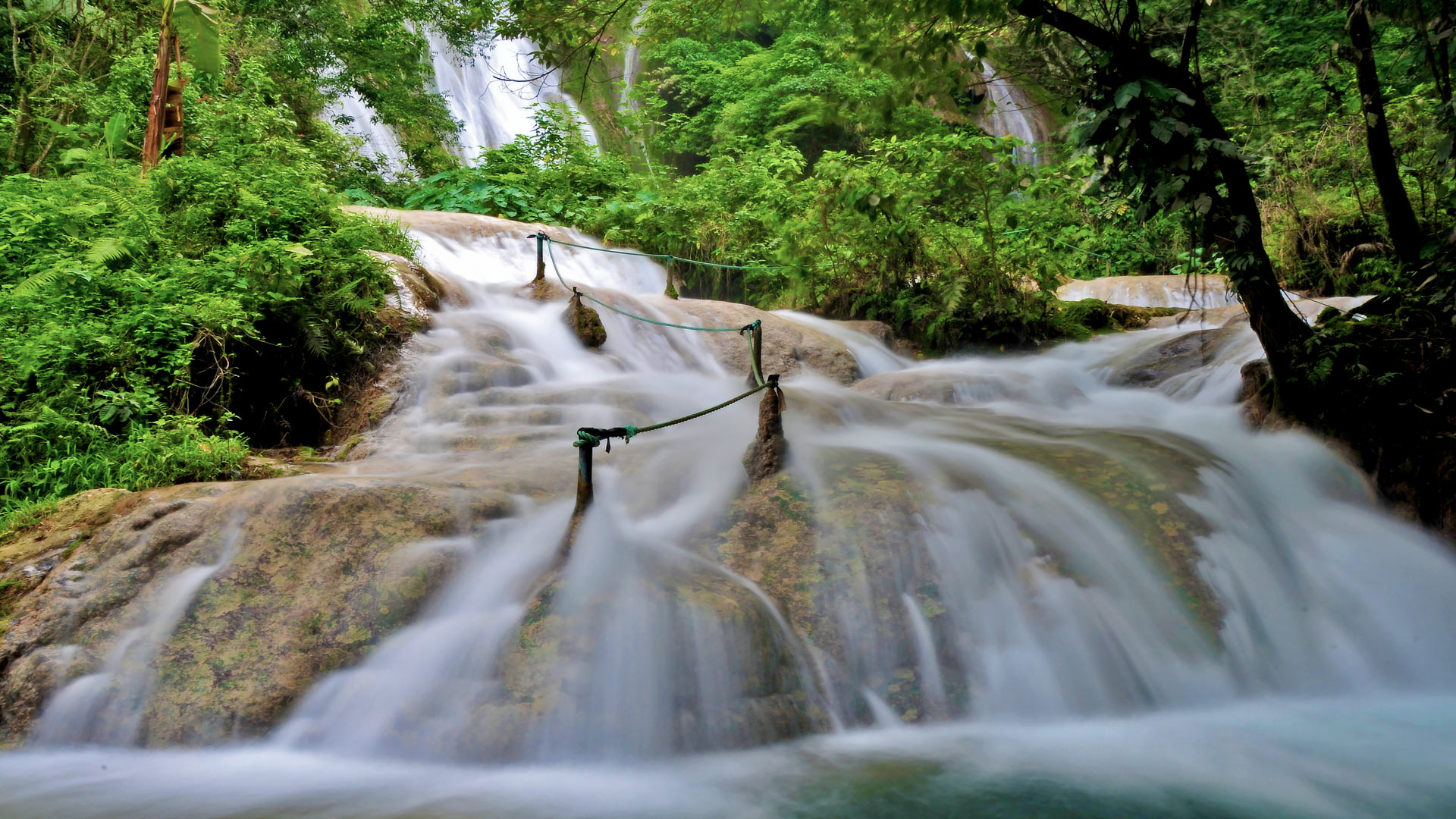
As recently as the 1970s, the local people of Kerepua still lived traditional lives on the flanks of Mt. Tabwemasana at a place called Nokovula Village (a full day’s trek from the coast through thick rainforest). However, in 1978, the whole village moved down closer to the coast, along with many other mountain villages, due to a number of mitigating factors (missionaries, access to food/services, impassable rivers and tracks in wet season etc).
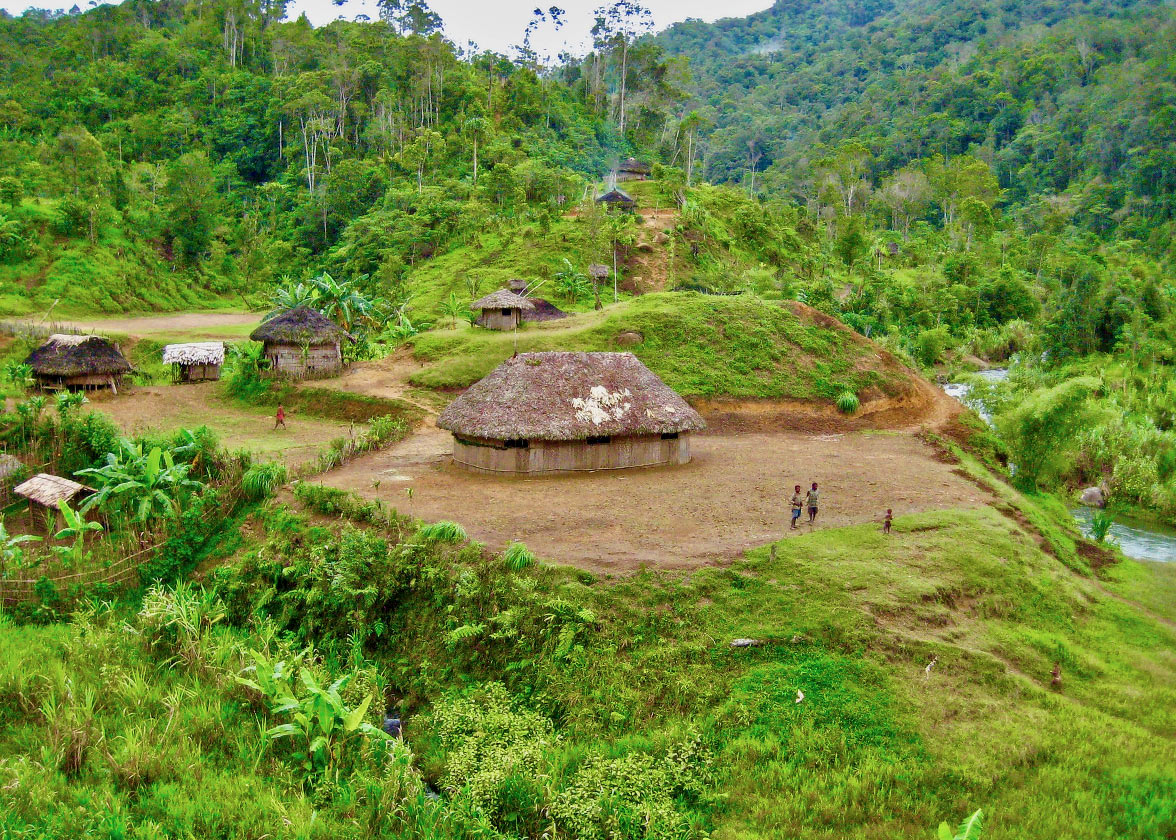
Kerepua Village itself is now home to around 100 people, representing four extended family clans, and is considered the main launching pad for any summit attempt. The guides who live there are some of the few people on Espiritu Santo who know the secret hiking path to the top of the highest mountain in Vanuatu. In fact, the local elders have gone so far as to build a large tourism bungalow that can sleep 8 people in the hopes of encouraging eco-tourism and trekking for the area

As an interesting aside, the nearby village of Wusi (which is approx. 2 hrs walk from Kerepua along the coast) still makes traditional pottery (graon pots) which closely resembles the Lapita pottery made by the original inhabitants of Vanuatu some 3500 years ago
Despite the best efforts of Kerepua Village elders, however very few tourists make the effort to climb Tabwemasana each year, with the number actually reaching the summit generally less than six per year. The reasons for this are two-fold. Firstly, it is a long and difficult journey just to get to Keerpua Village and secondly trekking Vanuatu’s highest mountain is steep and quite difficult in places, so it is not for the feint-hearted or the unfit. In addition, the trek can really only be attempted in the dry season when rivers and tracks are negotiable. Read about one man’s incredible expedition up the mountain here. Wrecks to Rainforest in Luganville organise commercial treks to the mountain, but only on request.
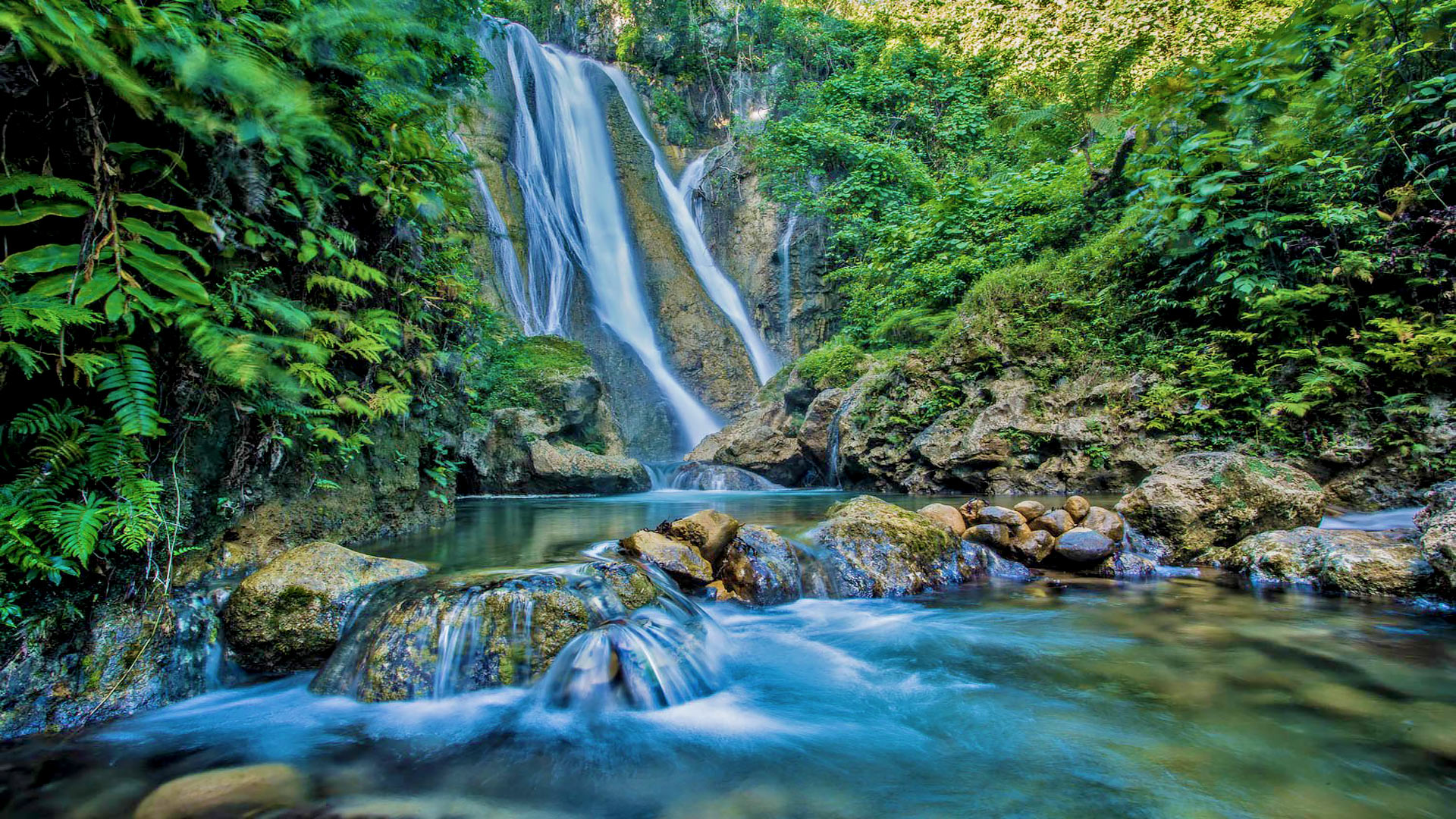
With regard to the rare animals and plants that live in the cloud forests around Tabwemasana, there have really only been three major scientific expeditions conducted since Baker’s team first trekked up its slopes in 1933. The first, called the Royal Society – Percy Sladen Expedition set off in 1971 and was led by an Aussie (K.E Lee from the CSIRO). The team apparently collected over 15,000 samples of insects, animals and plants!
The second was conducted by the Tsukuba Botanical Garden and the National Science Museum in Japan (spread out over 4 years from 1996 – 2001). Their team of 6-9 botantists actually climbed the peak of Tabwemasana in their bid to collect rare plant samples for their botanical gardens back in Japan.
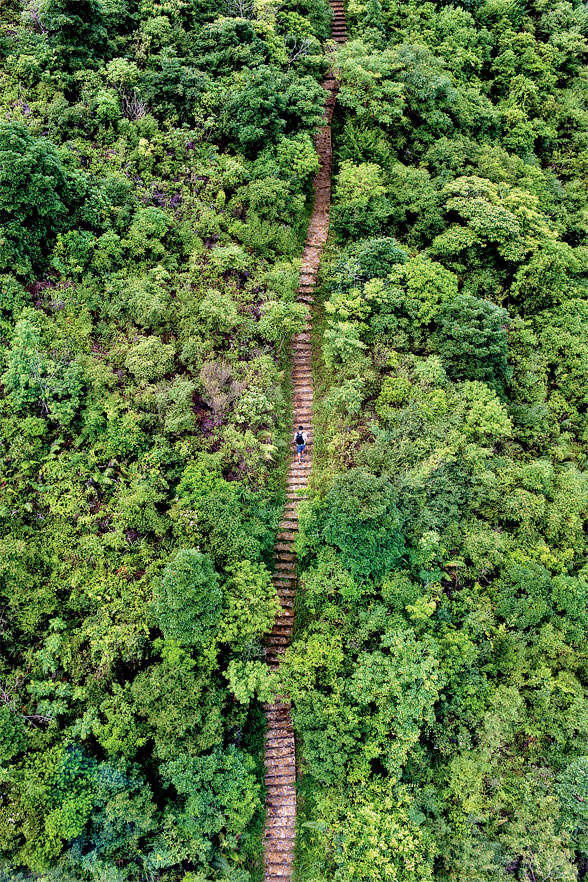
The last major scientific expedition to the area took place in 2006 and was called the Santo Global Biodiversity Survey. This large team of scientists discovered numerous new species of animals and plants including a new type of insectivorous bat, a new species of Schefflera (tree) and the rare Santo Mountain Starling, or “Matawele” (you can find their detailed report here ) Almost 30 different species of birds were spotted in and around the old Nokovula Village site alone.
For those interested in trekking Vanuatu and conquering the highest mountain in the country, here’s a quick breakdown of the journey – it’s about a 4hr road trip by 4WD down some pretty rough roads from the main town of Luganville to get to Tassiriki Village on the south-west coast. From there it’s another 4 hour boat ride to Kerepua Village. Then the hard work really begins.
Using guides hired from Kerepua Village, you trek uphill for the next 8 hours or so until you reach a rough base camp near a creek at an elevation of around 1100m. You are now ready for the final ascent.
The hike to the top of the mountain takes around 2 – 3 hrs if conditions are good. The last section is a harrowing climb up a knife-edge ridgeline on a metre-wide muddy path – on either side the mountain drops away precipitously.
So is the view from the highest mountain in Vanuatu worth it? Absolutely!
Destinations: Pacific Ocean, Vanuatu
Footnote:
Contact Seal Superyachts Vanuatu for detailed information about cruising around Vanuatu, superyacht charter regulations and about how we can support your visit.
Principle agent Justin Jenkin is proud to have worked with many of the World’s largest Superyachts and has extensive knowledge of Vanuatu and the surrounding area.
Justin Jenkin
Phone: +678 771 9174
Email: vanuatu@seal-superyachts.com